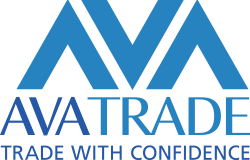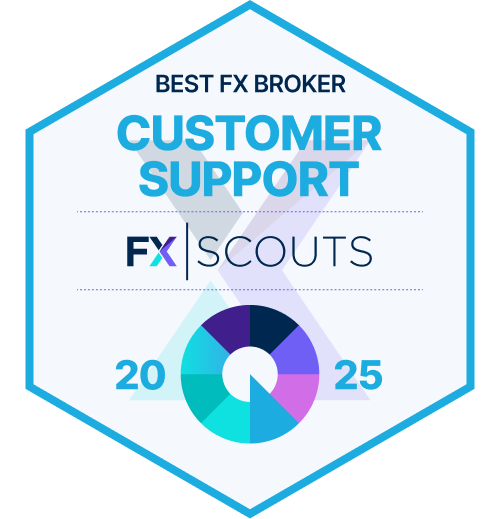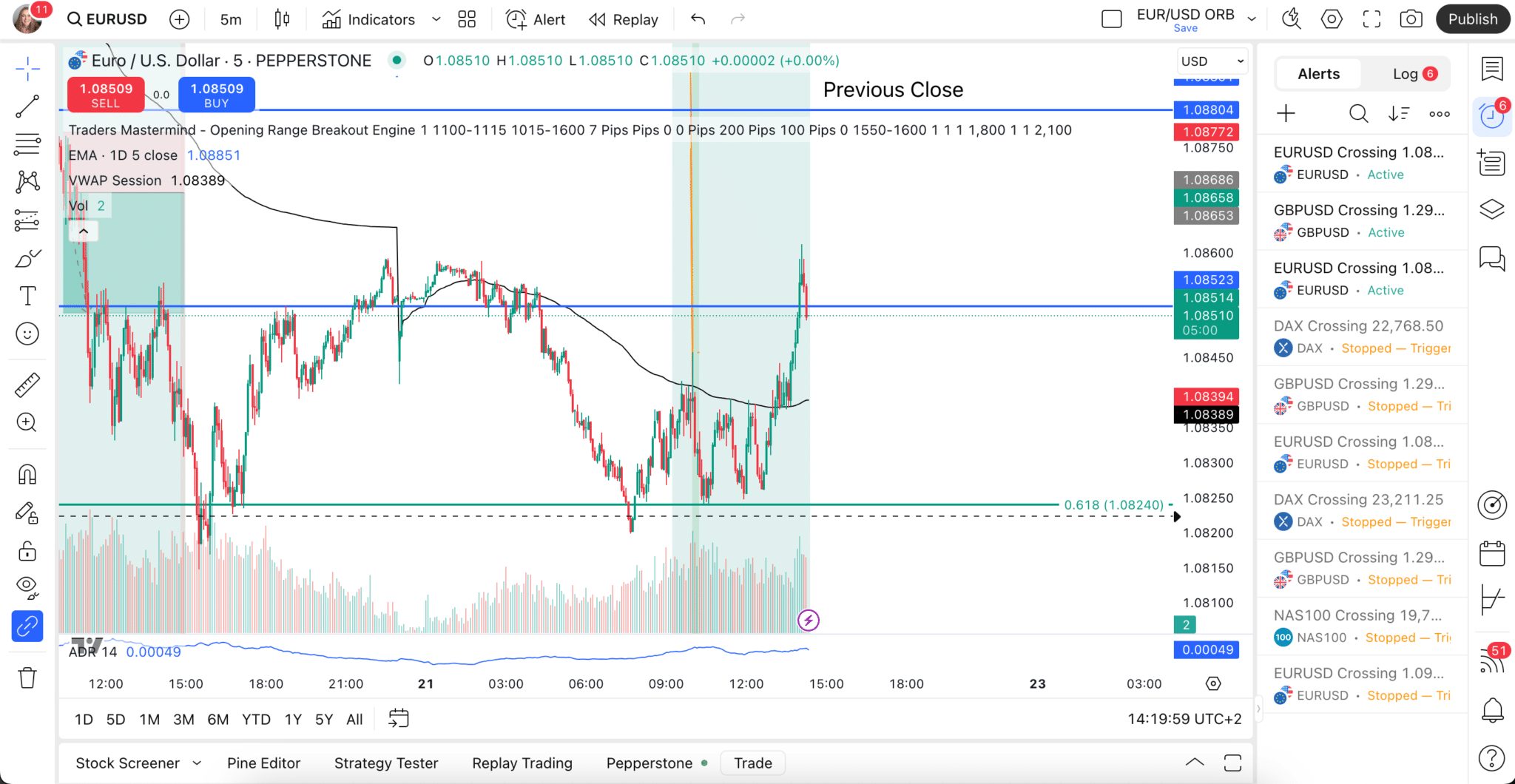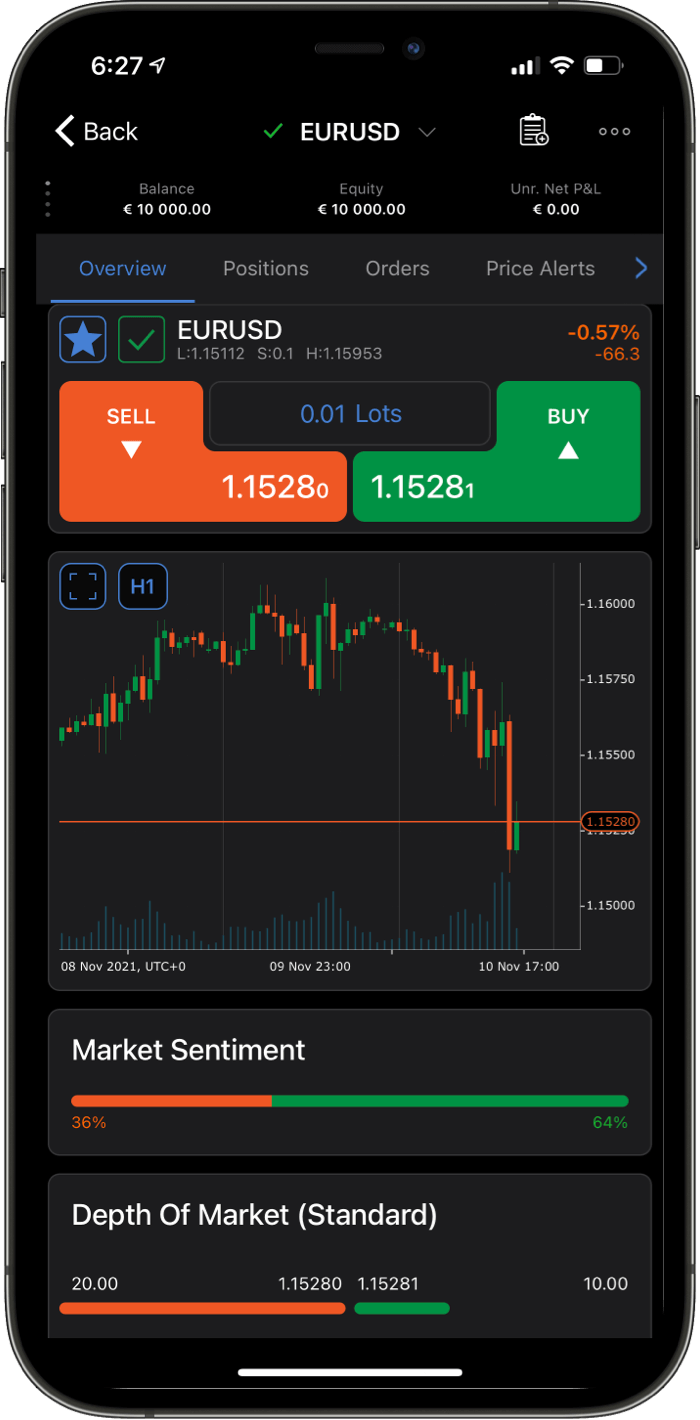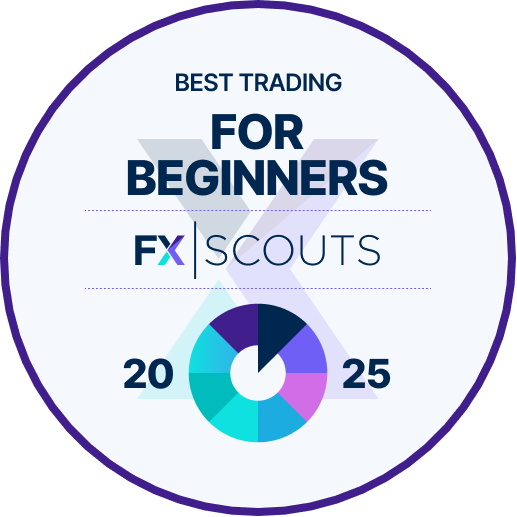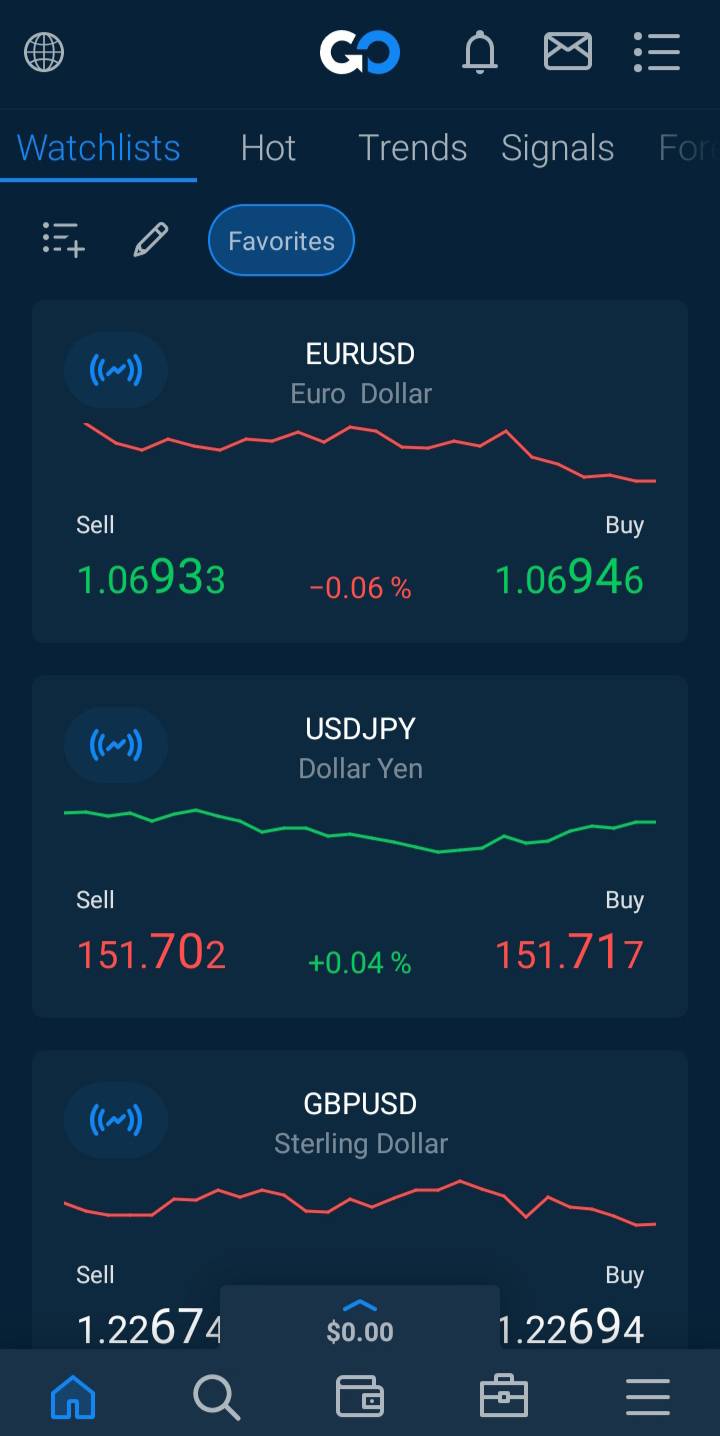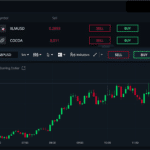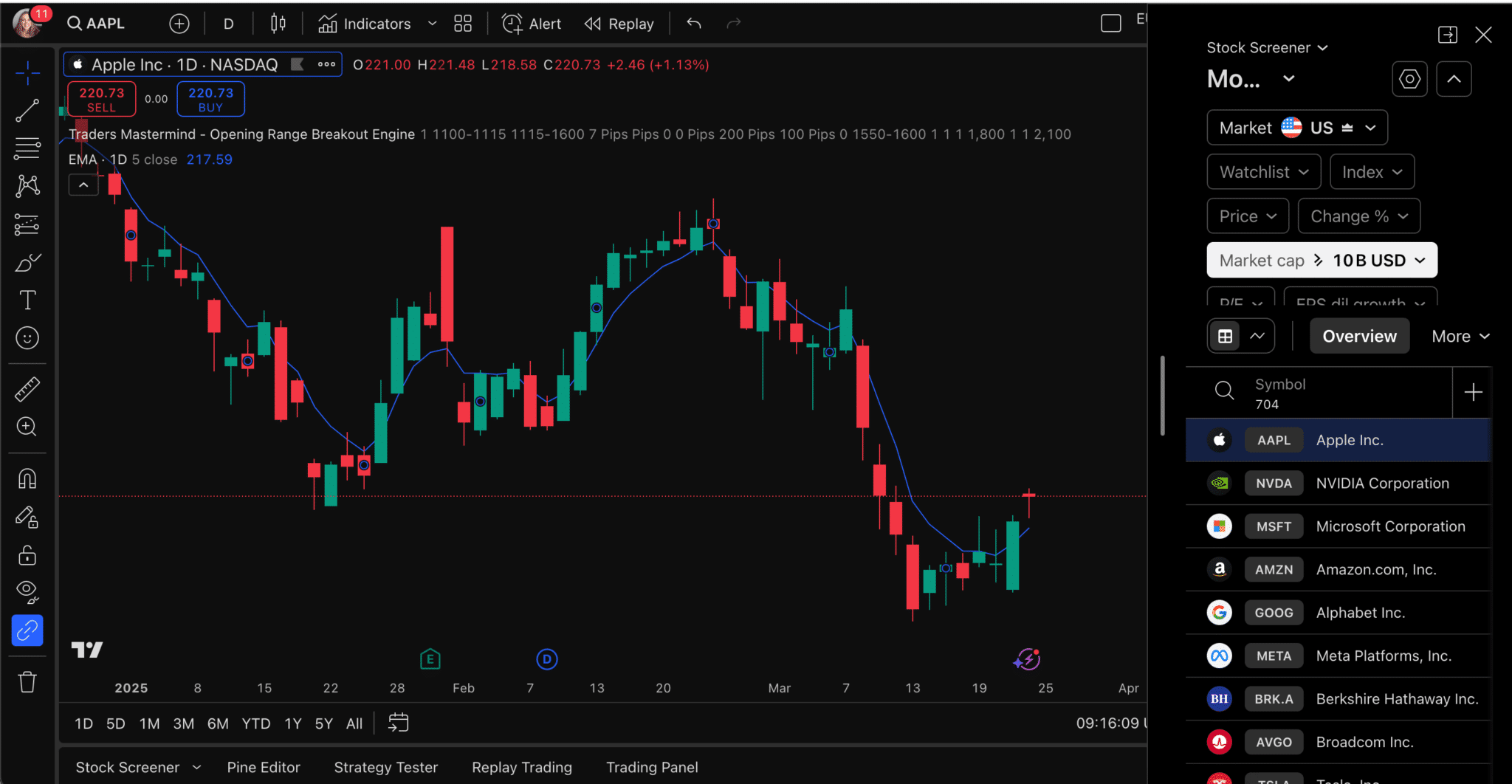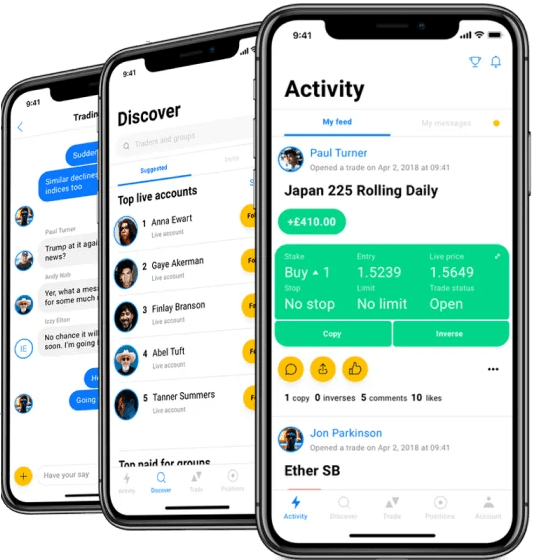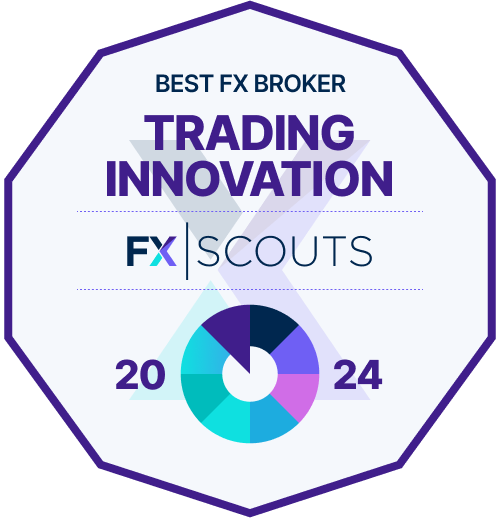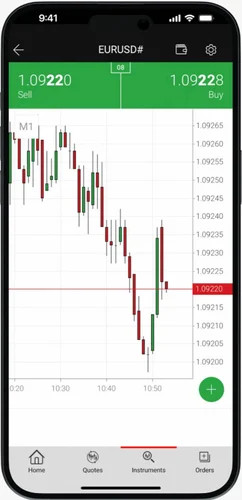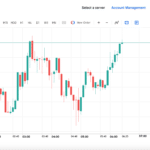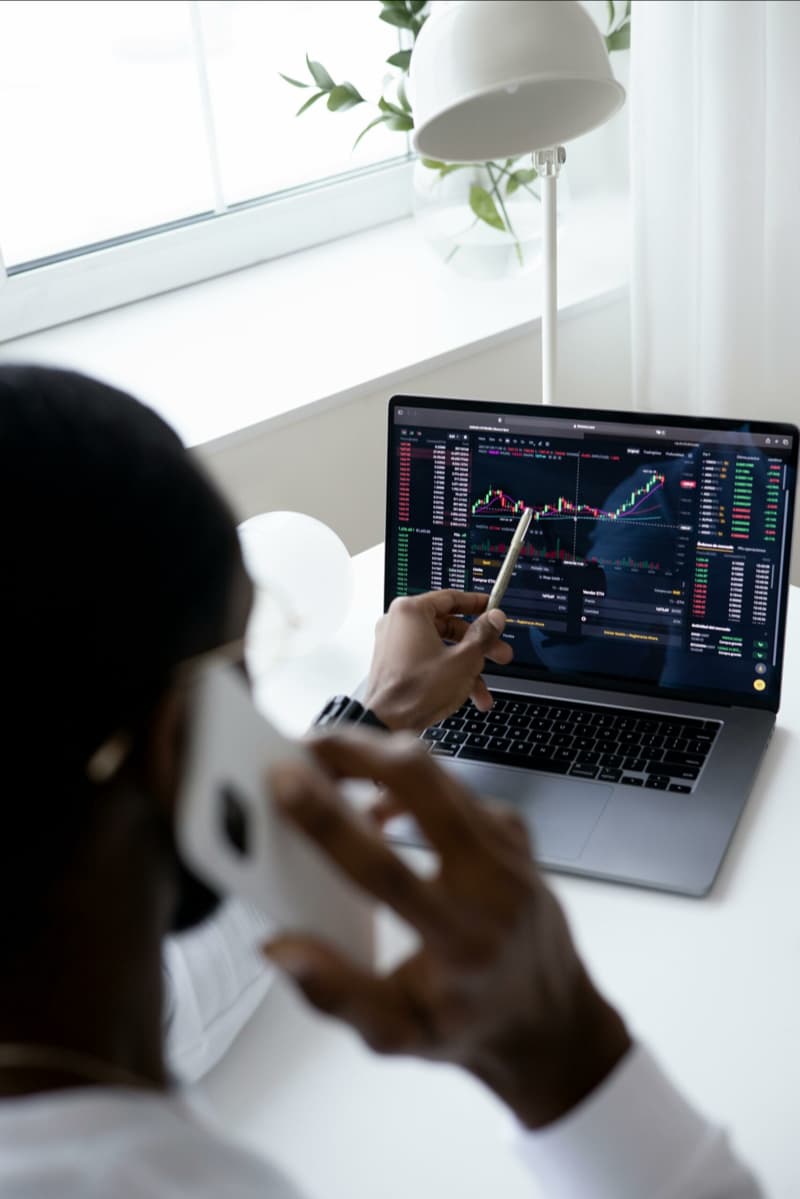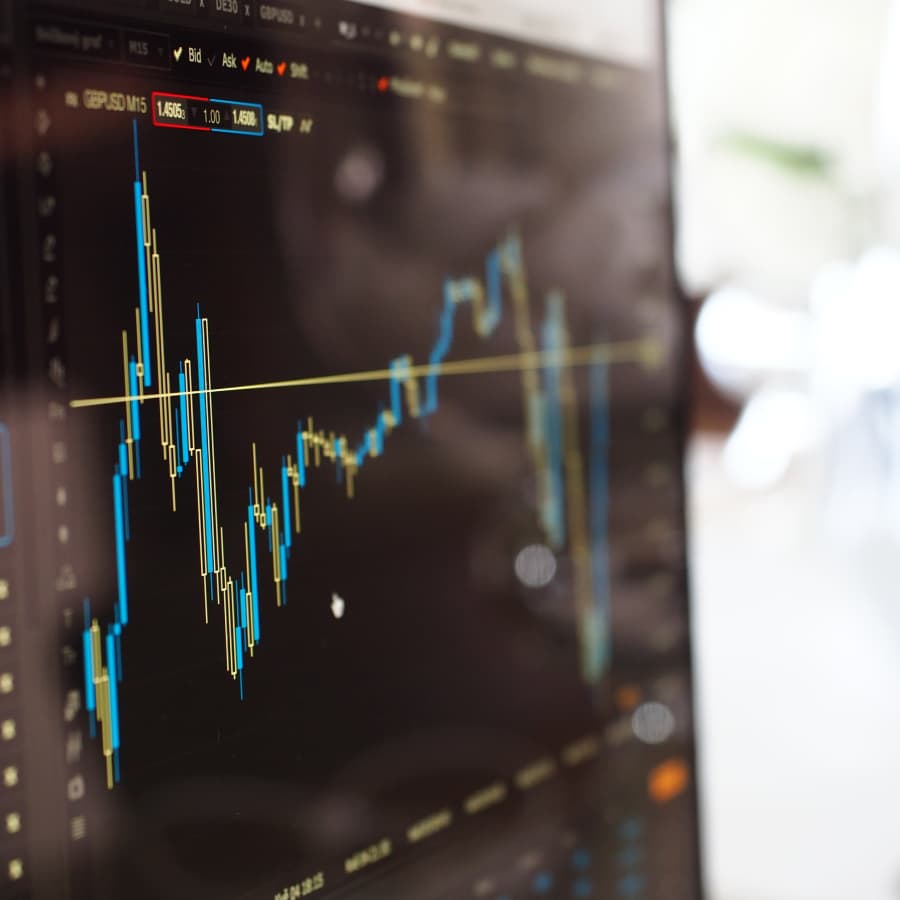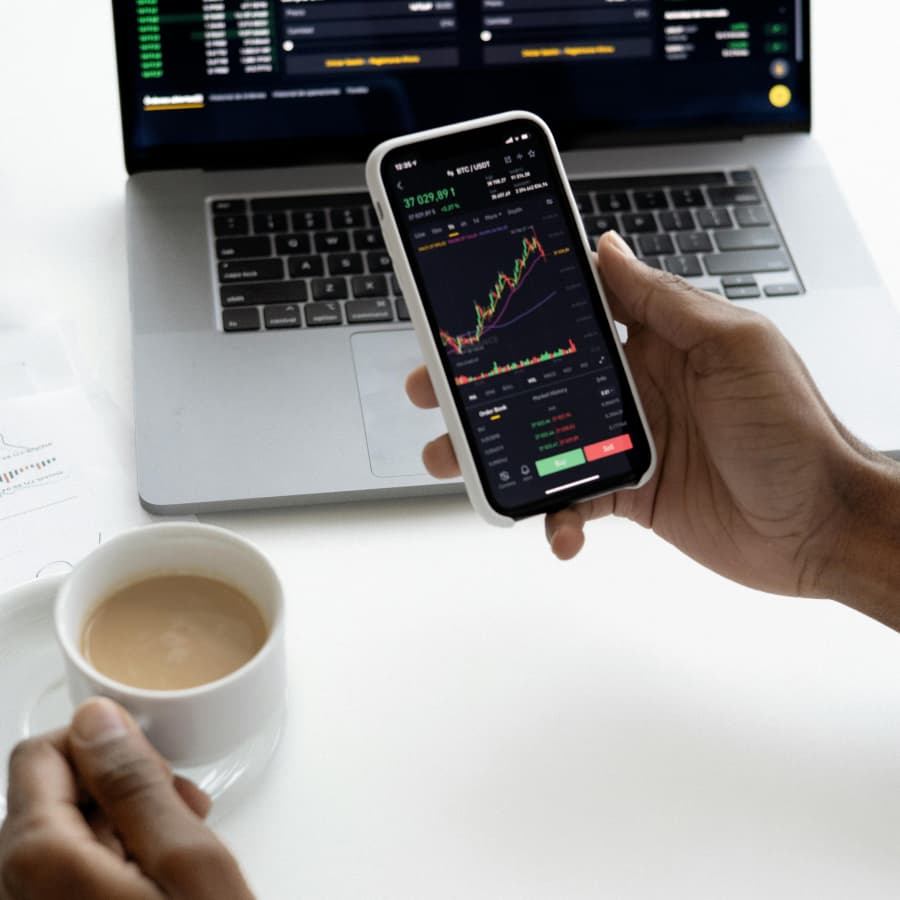How Volatility trading works
Before you trade the VIX, you must understand how volatility trading differs from standard CFD trading. Volatility is a measure of the movement of an asset’s price (in this case, the expected movement of the S&P 500 index over the next 30 days) rather than a measure of the price itself. So, with volatility trading, rather than focusing on the direction of change, you are speculating on how much the market will move and how frequently that movement will occur. As mentioned, the VIX and S&P 500 are strongly negatively correlated. That means that when the VIX increases, the S&P 500 is likely to fall, and when the VIX falls, the S&P 500 is likely to rise.
Why trade the VIX?
Unlike indices, such as the S&P 500 or FTSE, which are groups of company shares, the VIX is a volatility index. The VIX is calculated by tracking the underlying price of S&P 500 options, not the stock market itself, allowing it to estimate the 30-day volatility of the S&P 500. The VIX tends to rise with increased market instability. Conversely, if the VIX falls, it signifies stable markets and an increase in the S&P 500.
When the VIX reading is above 30, it implies high expected volatility and investor fear about the market’s direction. By contrast, a reading below 30 suggests investors are generally confident about the market outlook. In March 2020, amid concern about the impact of the outbreak of the COVID-19 pandemic on the global economy, the VIX jumped to 82.69, its highest level ever, as stock markets crashed around the world.
During highly volatile periods, investors dump stocks and buy “haven” assets considered more stable in times of uncertainty, such as US Treasury bonds or gold. Traders often use the VIX to hedge their portfolios against market downturns. For example, you would buy the VIX if you go long on shares in a US company but want to offset potential losses if the market takes a downturn. Taking a long position on the VIX could balance out drawdowns you may experience and hedge your market exposure. Because the VIX negatively correlates with other asset classes, it can reduce overall risk and increase returns.
Some traders also speculate on the direction of the VIX itself rather than using it as a hedge. Depending on their outlook for market volatility, they may take long or short positions in VIX futures or options CFDs.
Going long or going short on the VIX
When you open a position on the VIX, you can either take a long or a short position. If you take a long position, you believe that volatility will increase; if you take a short position, you believe it will decrease. Although there is a strong negative correlation between the VIX and the S&P 500, volatility traders are not interested in whether the price of the S&P 500 will rise or fall, as they can profit from both price movements.
Going long on the VIX
Traders often choose a long position on the VIX during times of financial instability, when there is a lot of uncertainty and fear in the market. For example, you would have made a substantial profit if you had taken a long (buy) position on the VIX at the beginning of the Covid pandemic when it hit 82.7 per cent volatility.
Going short on the VIX
Traders take short positions during times of low volatility and generally when they expect the S&P500 to rise in value. Low interest rates and economic growth usually result in the steady growth of the S&P500’s share prices, so traders short-sell the VIX, expecting that volatility will remain low during these conditions. However, it can be risky to short-sell the VIX, as losses can be significant if volatility spikes.
Using the VIX 75 as a Risk Management Tool
The VIX can also be used as a risk management tool. Because the VIX provides information on levels of implied volatility, it can help determine trade sizes. During periods of higher volatility (high VIX levels), it is prudent to reduce your lot sizes, whereas, during periods of lower volatility (lower VIX levels), you can increase your lot sizes.





